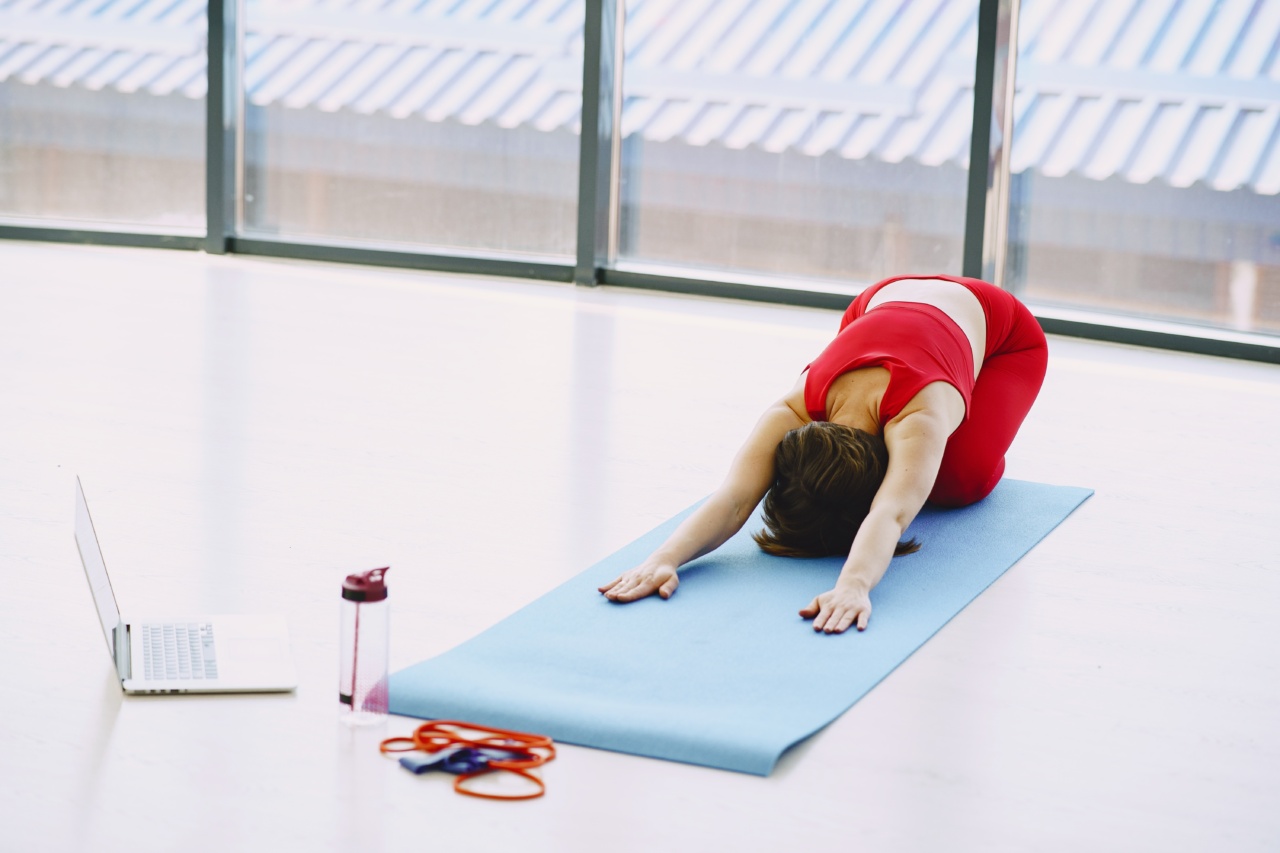Gymnastics is a highly physical activity that involves a series of movements, strength training, and endurance training. This sport is known for its ability to improve flexibility, balance, coordination, and overall physical fitness of an individual.
While gymnastics is often associated with elite athletes and Olympians, it can also be beneficial for people struggling with various health conditions. One such condition is insulin resistance, which affects millions of people worldwide. Insulin resistance is a condition in which the body does not respond well to insulin, a hormone that helps regulate blood sugar levels.
In this article, we will explore the reverse effect of gymnastics on insulin resistance.
What is Insulin Resistance?
Insulin resistance is a condition in which the body’s cells become resistant to the effects of insulin, a hormone produced by the pancreas.
Insulin helps the body’s cells absorb glucose, a type of sugar, from the bloodstream to use as energy. When the body becomes resistant to insulin, the cells no longer respond to the hormone effectively, resulting in high blood sugar levels.
Over time, high blood sugar levels can lead to serious health problems such as diabetes, heart disease, and stroke.
Causes of Insulin Resistance
Insulin resistance can be caused by a variety of factors, including:.
- Obesity
- Lack of physical activity
- Poor diet
- Genetics
- Age
- Hormonal imbalances
- Chronic stress
Gymnastics and Insulin Resistance
Gymnastics is a highly physical activity that involves a combination of strength training, endurance training, and flexibility training.
This sport has been shown to have numerous health benefits, including reducing the risk of various health conditions such as type 2 diabetes, high blood pressure, and heart disease. Gymnastics can also be beneficial for people struggling with insulin resistance.
A study published in the Journal of Strength and Conditioning Research found that gymnastics training was effective in reducing insulin resistance in overweight and obese women.
The study involved 26 women who participated in a 12-week gymnastics training program. The results showed that the women experienced a significant decrease in insulin resistance, as well as improvements in body composition and physical fitness.
How Gymnastics Helps with Insulin Resistance
Gymnastics can help improve insulin resistance in several ways, including:.
- Promoting weight loss: Obesity is a major risk factor for insulin resistance. Gymnastics can help promote weight loss by burning calories and building lean muscle mass.
- Improving muscle mass: Gymnastics involves a combination of strength training and endurance training. This can help increase muscle mass, which in turn can help improve insulin sensitivity.
- Reducing inflammation: Chronic inflammation is associated with insulin resistance. Gymnastics can help reduce inflammation in the body, which can help improve insulin sensitivity.
- Increase glucose uptake: Gymnastics can increase glucose uptake in the body, helping to regulate blood sugar levels.
Tips for Starting a Gymnastics Training Program
Before starting a gymnastics training program, it’s important to consult with a healthcare provider and assess your fitness level. Here are a few tips to keep in mind:.
- Start slowly: If you’re new to gymnastics, start slowly and gradually increase the intensity and duration of your workouts.
- Warm up and cool down: Always warm up before exercising and cool down afterwards to prevent injury.
- Listen to your body: If you experience pain or discomfort during a workout, stop and seek medical attention if necessary.
- Stay hydrated: Drink plenty of water before, during, and after exercise to stay hydrated.
- Be consistent: Consistency is key when it comes to improving fitness and reducing insulin resistance. Try to exercise regularly, at least three times per week.
Conclusion
Gymnastics is a highly physical activity that can have numerous health benefits, including reducing the risk of various health conditions, including insulin resistance.
This sport can help improve insulin sensitivity by promoting weight loss, improving muscle mass, reducing inflammation, and increasing glucose uptake. If you’re interested in starting a gymnastics training program, be sure to consult with a healthcare provider and start slowly. Remember to listen to your body, stay hydrated, and be consistent to achieve the best results.



























